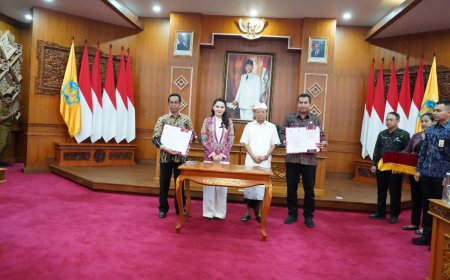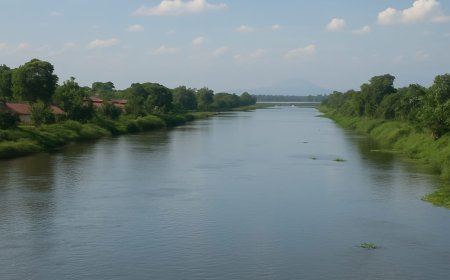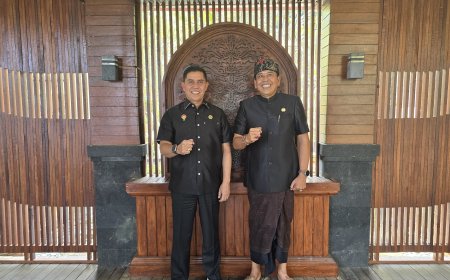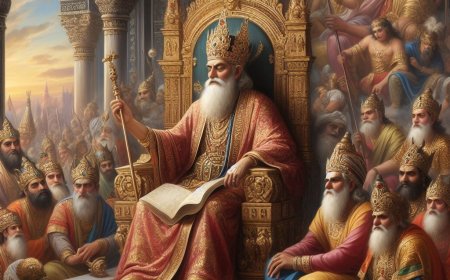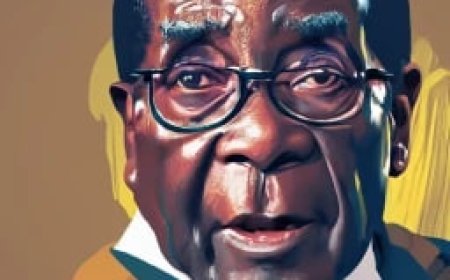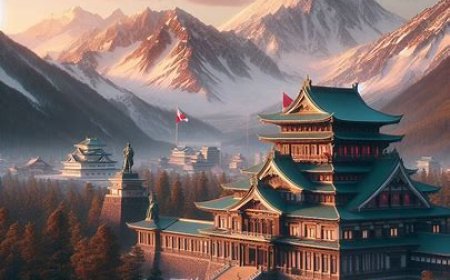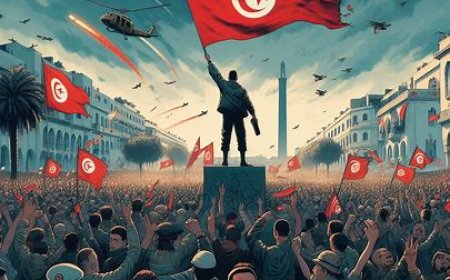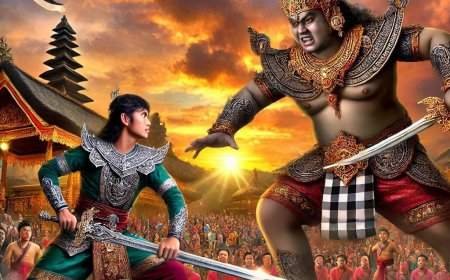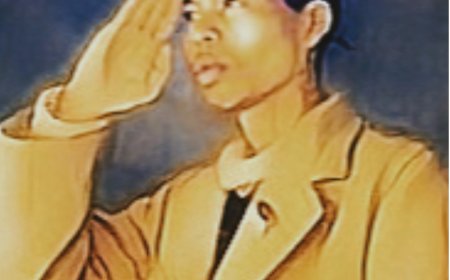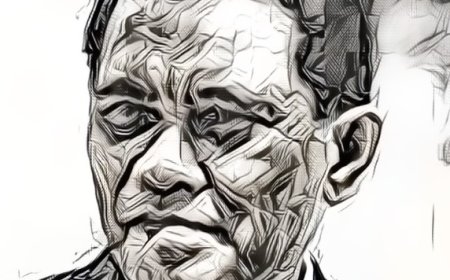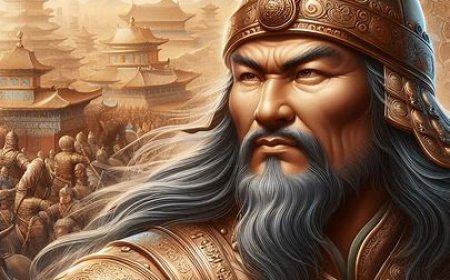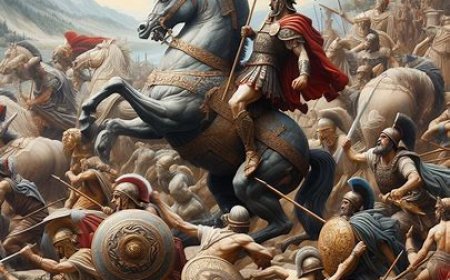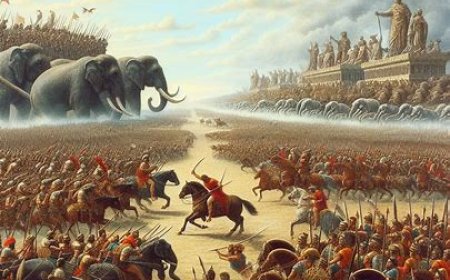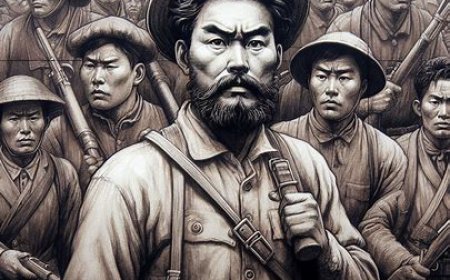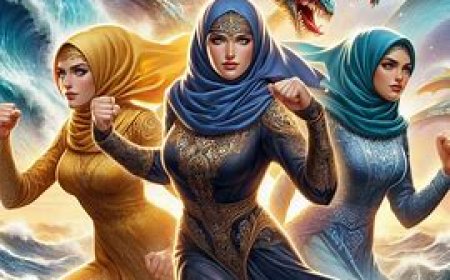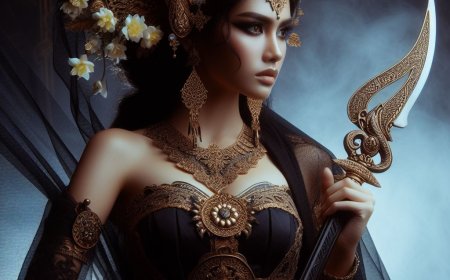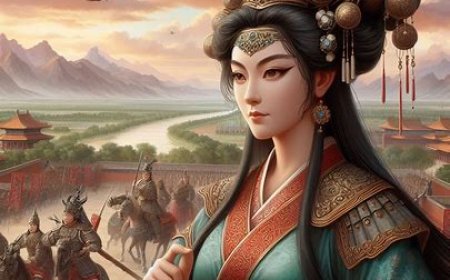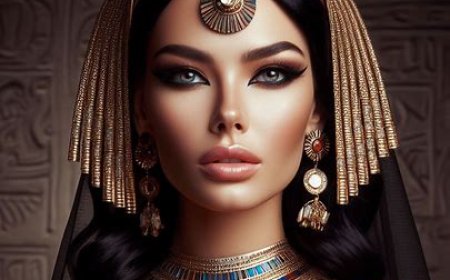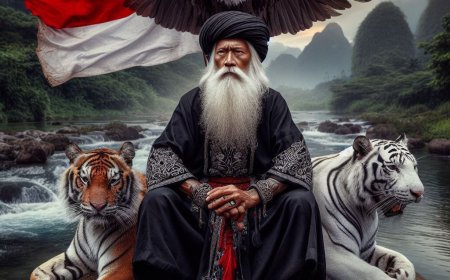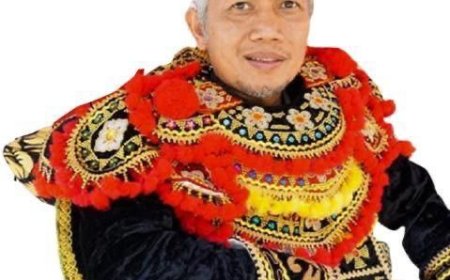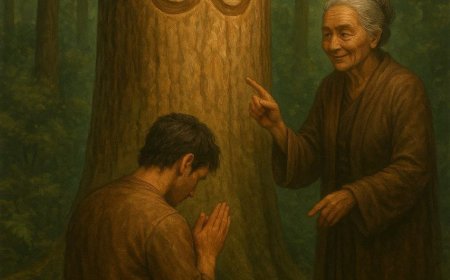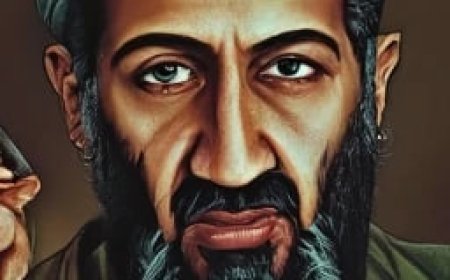Three Warrior Women Competing for the Throne of Grahadi
Amid the bustling world of East Java's politics, rife with intrigue and strategy, this year presents an unusual battle. It’s not just a political rivalry, but rather a modern epic featuring three formidable women, three warrior figures competing for the hot seat at Grahadi, the symbol of supreme power in the province. They are new faces bringing hope and vision for East Java's future, each with different backgrounds and approaches but united by a high fighting spirit.
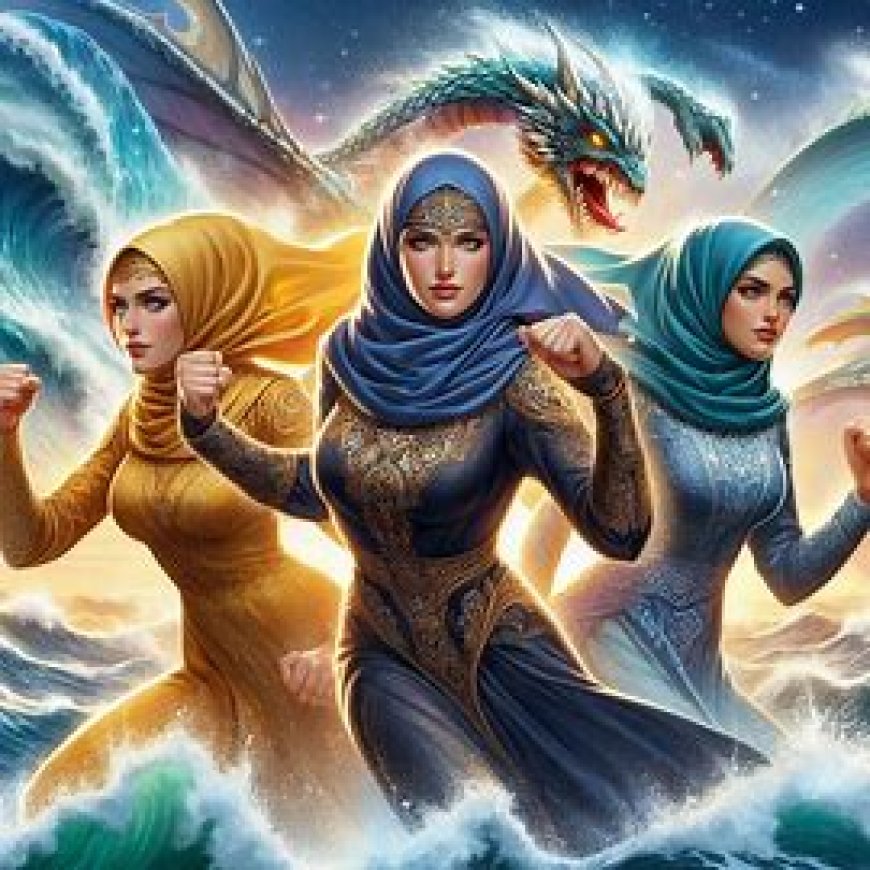
The first warrior is a seasoned visionary. Long recognized in the political arena with an impressive track record in bureaucracy, she advocates a grand agenda to usher East Java into a new era. In every campaign, she emphasizes the importance of innovation and modernization, believing that the province has untapped potential. For the visionary, development must be future-oriented, with technology and sustainability as key elements. Yet, behind all her ambitious plans, she faces a significant challenge: convincing the people that her vision is not just a beautiful dream but a concrete plan for real change.
On the other hand, the second warrior emerges as a tireless activist fighting for the common people. Not a politician from an elite background, she is a grassroots fighter with direct experience of the injustices faced by the community. In her campaign speeches, she stirs emotions with real stories from marginalized people. She offers policies that favor the weak, stressing that the government must be present to protect and serve the people, not the other way around. However, she too faces a tough challenge: how to convince the people that she can manage the complexities of governance while staying true to the social justice principles she champions?
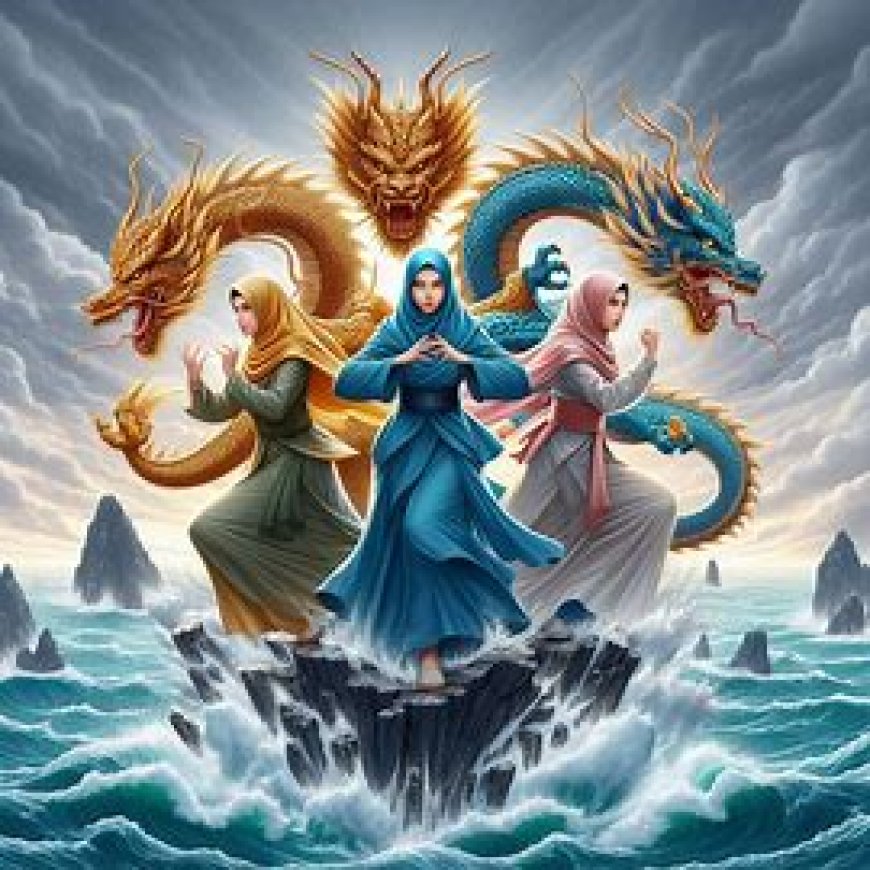
The Power of the Three Warrior Women
Then there is the third warrior, a leader known for her integrity and steadfastness. In a world often caught up in personal and group interests, she stands firm as a figure not easily swayed by the temptations of power. She symbolizes clean and transparent governance, always emphasizing the importance of accountability in every policy. In her campaign, she speaks of building a strong moral foundation as the basis for all development. For this leader, power is not an end but a tool to create justice and prosperity for all. Yet, in the reality of politics filled with compromises, can she remain steadfast in her principles or will she be tempted by the pressures and interests around her?
The battle between these three warriors reflects the different paths East Java might take toward its future. Each offers something unique, a different route to the same goal: prosperity and progress for all the people of East Java. But who will the people choose? Who will manage to win their hearts and win this battle? Grahadi, with all its grandeur, now awaits to see who will occupy its throne.
As time goes on, the competition heats up. Each campaign, each debate becomes increasingly intense and strategic. The people are faced with a difficult choice. They must carefully weigh who among these three warriors is most deserving to lead them.
This choice is not merely about who is the most charismatic but about who can bring real change, who can fulfill their promises.
Behind the scenes, Grahadi remains majestic, observing this battle calmly. Its throne will soon be occupied by one of them. However, whoever wins, one thing is certain: this battle has demonstrated the strength and courage of women in a political world traditionally dominated by men. East Java now stands at a crossroads, and the people's decision will determine the path forward. Time will tell, and history will record which of these three warriors emerges victorious and how she will lead East Java toward a brighter future. Rahayu.
By: Ngurah Sigit.
The Author: Sociologist, Cultural Expert, and Media Analyst.
What's Your Reaction?








